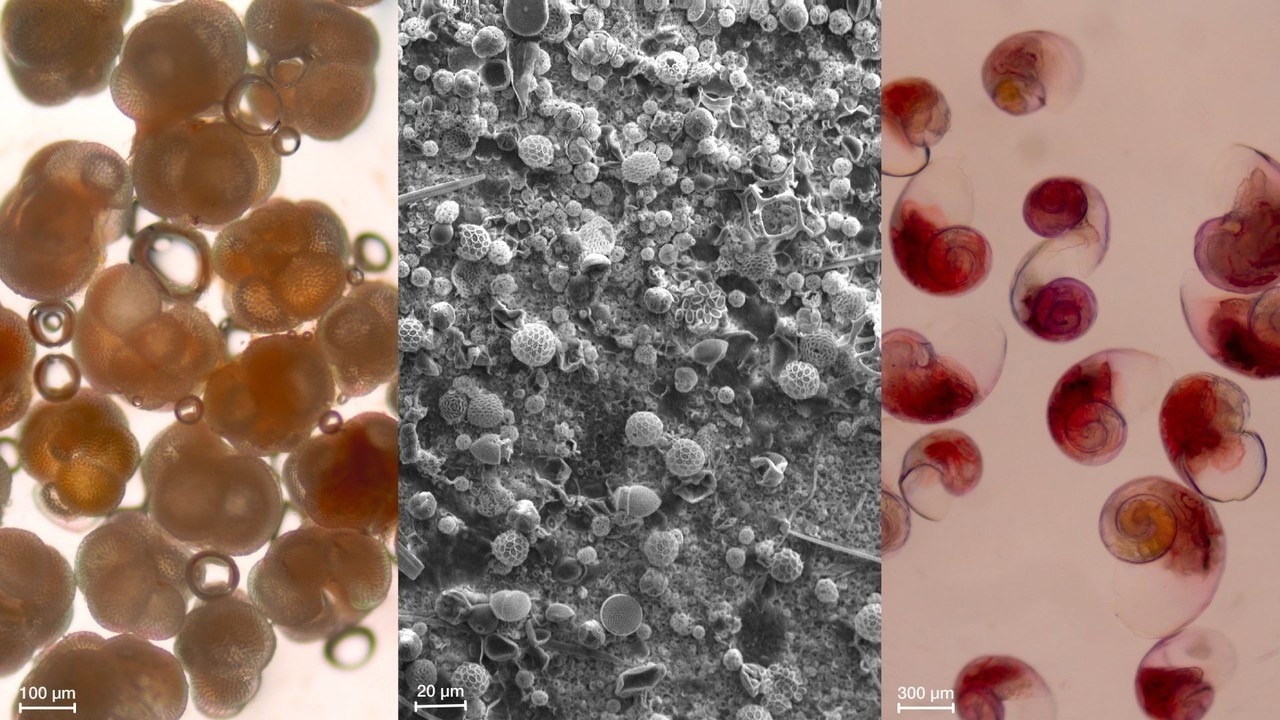Recent research shows that a common category of marine calcifying phytoplankton (coccolithophores) plays an important role in regulating carbon dioxide (CO2) concentrations in the atmosphere.

Image Credit: Universitat Autònoma de Barcelona
Since the Industrial Revolution, the ocean has removed roughly one-third of the CO2 emitted by humans. It is one of the largest anthropogenic CO2 sinks and the largest reserve of carbon on the planet that can readily interchange with the atmosphere.
Knowing the processes that govern carbon exchange between the ocean and the atmosphere is important for forecasting the future impacts of carbon dioxide on climate change, ocean acidification, marine organisms, and society.
Research headed by the Institute of Environmental Science and Technology of the Universitat Autònoma de Barcelona (ICTA-UAB) discovered, in cooperation with an international scientific group, that carbon exchange between the atmosphere and the ocean is highly influenced by a distinct group of photosynthesizing plankton known as coccolithophores.
These common microscopic organisms that live in the world’s oceans’ sunlit layer form elaborate plates of the carbon-bearing mineral calcium carbonate. These layers can be seen in places like the White Cliffs of Dover.
The group led by ICREA research professor Dr. Patrizia Ziveri at the ICTA-UAB discovered that coccolithophores control CaCO3 production in a study published in the journal Nature Communications.
Coccolithophores are tiny algae that form the foundation of the aquatic food web and play a role in regulating atmospheric CO2 levels through calcification and photosynthesis.
According to the research, coccolithophores account for 90% of total CaCO3 production in the surface ocean, revealing that they play an important role in governing ocean chemistry and CO2. The other two major planktonic calcifying groups, zooplankton (pteropods) and foraminifera, play a secondary role in the process of atmospheric CO2 modulation, according to the study.
The research also discovered that, rather than sinking deep into the ocean, a large portion of this CaCO3 dissolves near the surface, where carbon is more easily exchanged with the atmosphere and sunlight permeates the surface (photic zone).
This extensive shallow dissolution explains the apparent discrepancy between previous estimates of CaCO3 production derived from satellite observations/biogeochemical modeling versus sinking particle estimates from shallow sediment traps.
Dr. Patrizia Ziveri, Institute of Environmental Science and Technology, Universitat Autònoma de Barcelona
According to Ziveri, the discovery implies that the processes driving shallow CaCO3 dissolution are essential to understanding the role of planktonic calcifiers in governing atmospheric CO2. This is significant because increased dissolution increases water’s ability to hold CO2.
The dissolution of so much CaCO3 close to the ocean’s surface shows the exchange of carbon between the ocean and atmosphere is much more complicated than we first thought. Until we better understand the processes driving this shallow dissolution, it will be difficult to predict how the ocean will uptake carbon in the future.
Dr. William Gray, Research Scientist, Laboratoire des Sciences du Climat et de l’Environnement
Dr. William Gray co-led the research.
The research, which also involved ICTA-UAB scientists Michael Grelaud, Sven Pallacks, and Griselda Anglada-Ortiz, employed data from a 2017 expedition to the North Pacific Ocean from Hawaii to Alaska and was produced in partnership with an international scientific group with institutions from five countries.
Journal Reference:
Ziveri, P., et al. (2023) Pelagic calcium carbonate production and shallow dissolution in the North Pacific Ocean. Nature Communications. doi.org/10.1038/s41467-023-36177-w.